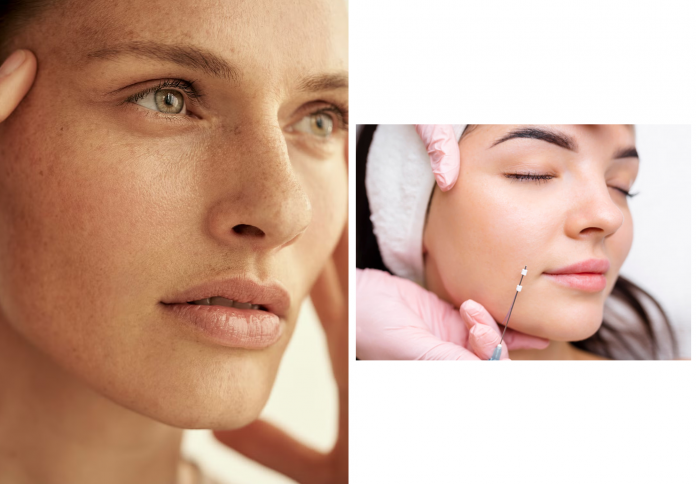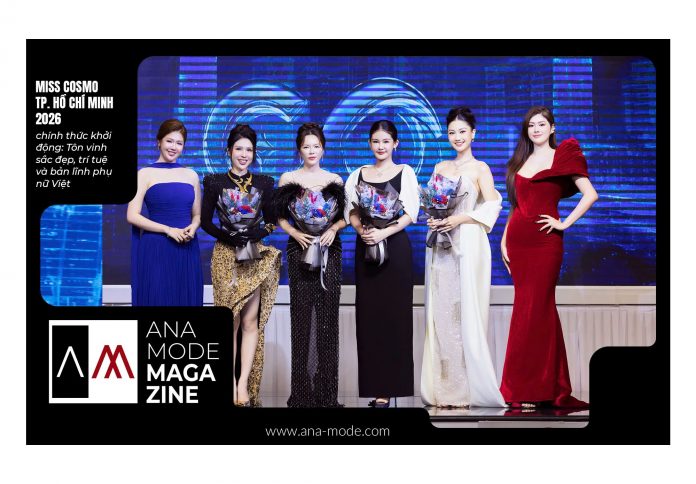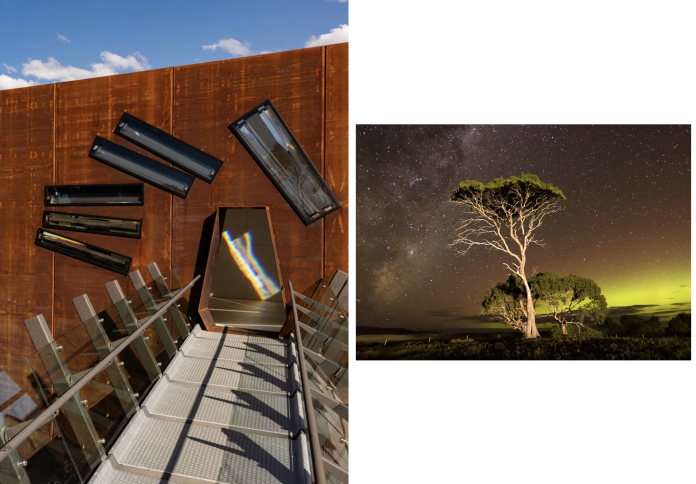Sculptra has decisively shed its image as a niche filler option to become one of the most requested aesthetic treatments of 2025. This surge in popularity is driven by a significant cultural shift in beauty, where patients are actively seeking natural, gradual, and undetectable results over the instantly-plumped, “overfilled” look associated with some traditional dermal fillers. Unlike hyaluronic acid (HA) fillers, which provide immediate volume, Sculptra is an FDA-approved biostimulator made of poly-L-lactic acid (PLLA). Its unique mechanism involves stimulating the body’s own production of Type I collagen—the key structural protein that gives skin its firmness, rigidity, and elasticity. As we become increasingly aware that we lose up to 25% of facial collagen by age 40, patients are gravitating towards treatments that don’t just camouflage signs of aging, but actively rebuild the skin’s foundational structure from within. This proactive, long-term approach to facial rejuvenation and body contouring has made Sculptra a quiet revolutionary in the aesthetics industry.
Beyond Filling: Sculptra’s Mechanism as a Biostimulator
The fundamental difference between Sculptra and traditional fillers lies in its long-term, regenerative action, making it a sustainable investment in skin health.

Sculptra is not a filler in the conventional sense but a collagen biostimulator. While HA fillers provide immediate, temporary volume by holding water in place, Sculptra works by initiating a process called fibroplasia. When the PLLA microparticles are injected, they stimulate the skin’s fibroblasts—the cells responsible for synthesizing collagen. This process encourages the body to produce its own new Type I collagen over a period of several weeks and months. Because the results build gradually, they appear subtle, authentic, and naturally blended with the patient’s own features. This gradual enhancement aligns perfectly with the current patient preference for looking like the “best version of themselves”—well-rested and subtly lifted—rather than looking obviously augmented. This regenerative approach gives Sculptra an edge, particularly among the growing number of Millennials and Gen Z patients who view it as a preventive measure against future volume loss.
Longevity and Versatility: Expanding Beyond Facial Volume
One of the primary appeals of Sculptra is its remarkable longevity, paired with an expanding range of applications beyond traditional mid-face rejuvenation.

Once a patient completes the full series of treatments, typically 2 to 3 sessions spaced 4 to 6 weeks apart, the results of Sculptra can last for 18 to 24 months, and sometimes longer, far surpassing the typical 6 to 12 months of HA fillers. This long-lasting effect positions it as a more cost- and time-effective solution for patients who wish to avoid frequent maintenance appointments. Furthermore, while Sculptra has historically been used to correct facial gauntness and volume loss in areas like the temples (preventing the dreaded “peanut face” silhouette), injectors are increasingly expanding its use across the body. Popular new applications for 2025 include jawline contouring for enhanced definition, rejuvenation of the décolletage to improve skin texture, and the trend of non-surgical buttock augmentation, often dubbed the “Sculptra BBL,” which uses the collagen-stimulating properties to create a firmer, more structured appearance in the gluteal area.
Patient Preference: The Demand for Undetectable Aesthetics
The aesthetic landscape has shifted decisively away from the highly augmented look, positioning Sculptra’s subtle, gradual transformation as a highly desirable standard.

The “Zoom Boom” and the proliferation of social media images initially drove a demand for instant, dramatic fixes. However, the prevailing trend in 2025 is a strong desire to return to natural aesthetics and restore balance, especially among patients who are now seeking to dissolve past, over-augmented filler treatments. Sculptra’s mechanism is perfectly suited to meet this demand because its changes are so gradual that they appear “elegant and undetectable,” as described by one expert. The improvements happen slowly over several months, meaning the patient looks like they have subtly reversed the clock without any tell-tale signs of injection. This is highly valued by modern patients who are looking for a refreshed, youthful glow rather than a look that is overtly filled or distorted.
Considerations and Contraindications: An Irreversible Investment
While Sculptra is celebrated for its unique benefits, patients and practitioners must be aware of its specific requirements, potential downsides, and irreversibility.
A key factor distinguishing Sculptra from HA fillers is that it is not reversible once injected. Unlike HA fillers, which can be dissolved with hyaluronidase, PLLA cannot be easily broken down, requiring patients to commit fully to the treatment and the expertise of their injector. Furthermore, optimal results require patience, as the full effect can take up to three to four months to fully materialize after the final session. There are also specific areas where Sculptra cannot be safely injected, such as superficially under the eyes, due to a risk of nodule formation (lumps and bumps). Importantly, some experts caution that the type of collagen it stimulates may be similar to scar tissue, which could potentially complicate future facial surgeries, such as a facelift, by making the lift less effective. Therefore, a thorough consultation with a qualified injector who uses advanced, hyperdiluted techniques and adheres to the “5-5-5 rule” (massaging the area for 5 minutes, 5 times a day, for 5 days post-treatment) is essential for ensuring precise, natural-looking outcomes.










